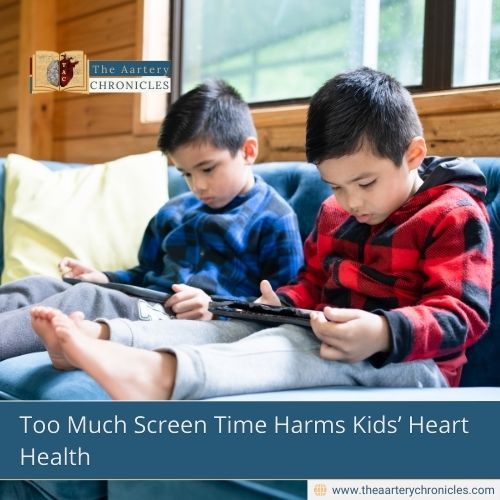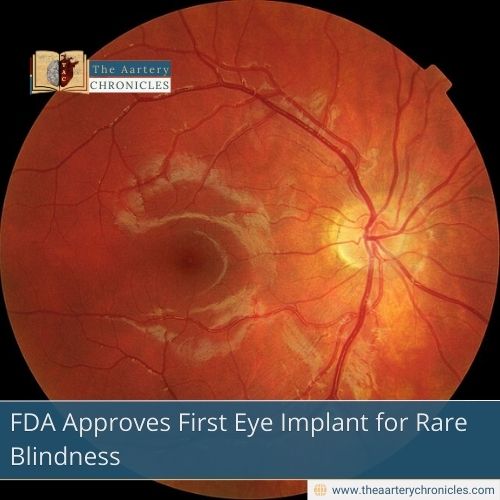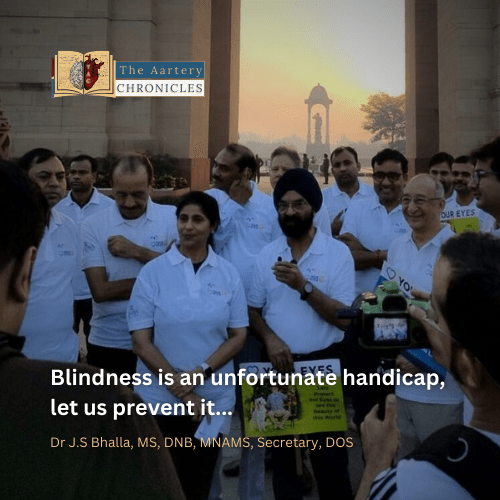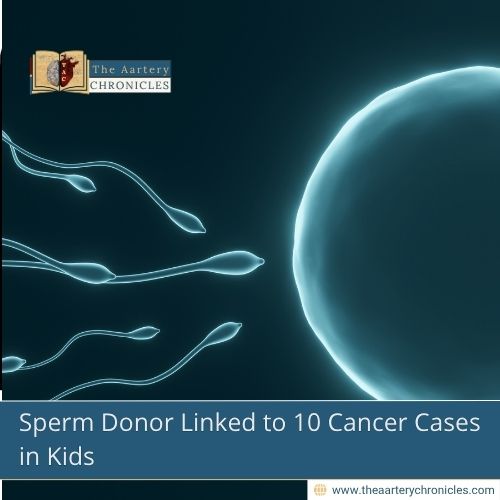
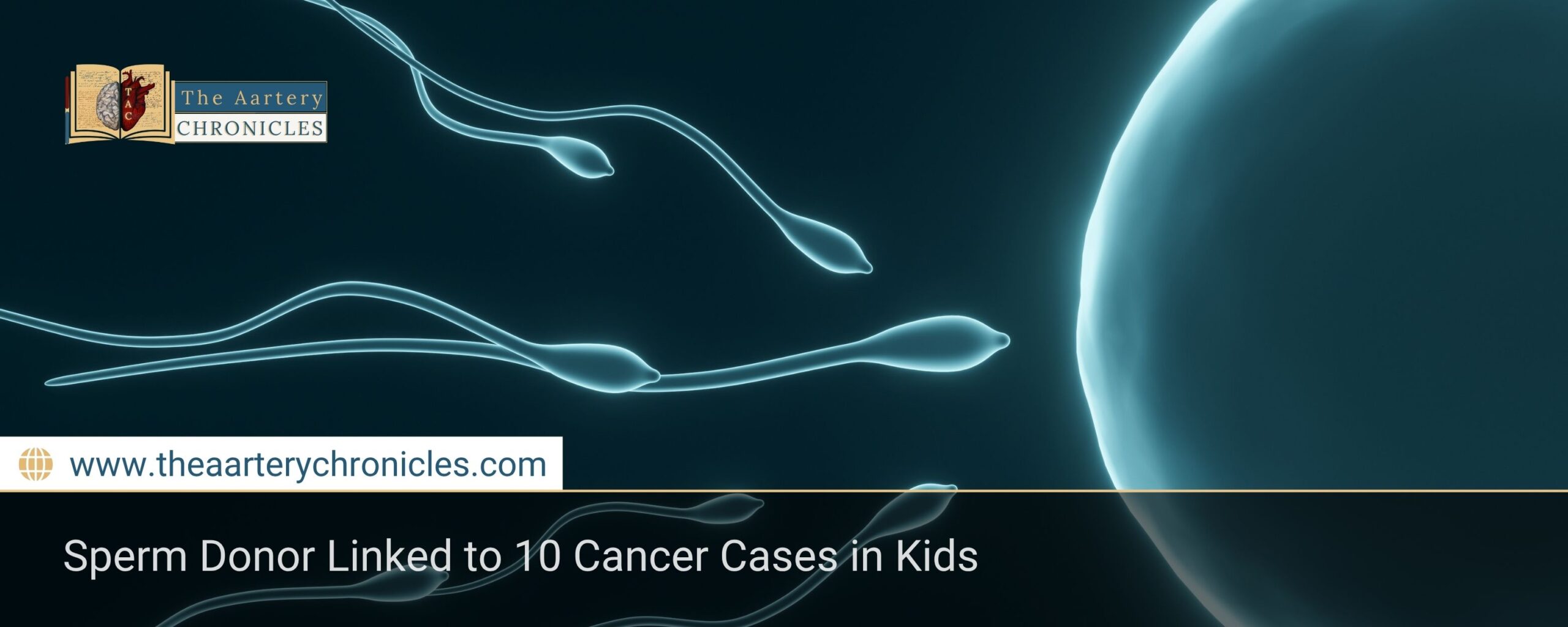
Sperm Donor Linked to 10 Cancer Cases in Kids
A recent case involving a sperm donor carrying a rare cancer-linked gene mutation has raised serious questions about donor screening and family limits in fertility treatments.
Case Details
A man who unknowingly carried a rare mutation in the TP53 gene, which increases the risk of certain cancers, donated sperm that was used to conceive at least 67 children across Europe. This gene mutation is known to be linked to Li-Fraumeni syndrome, a condition that can lead to multiple types of cancer, often at a young age.
The donations occurred between 2008 and 2015 when the mutation was not yet recognized as a major cancer risk factor. At the time, the donor was medically cleared and considered healthy.
Cancer Diagnoses Raise Red Flags
10 of the children conceived using the donor’s sperm have been diagnosed with cancer most commonly leukaemia and non-Hodgkin lymphoma. A total of 23 children have tested positive for the TP53 mutation, suggesting they inherited the faulty gene from the donor.
These cases have highlighted how quickly a genetic risk can spread through a population when one donor is used in many families.
Hard-to-Trace Affected Families
Because sperm from this donor was used by 46 families in eight different countries, tracking down all the families after the gene mutation was discovered has been extremely difficult. In many cases, families were unaware of the potential genetic risk until a child was diagnosed with cancer.
Doctors first made the connection after two children who were conceived from the same donor developed serious illnesses. Genetic testing revealed they shared the same rare mutation.
Sperm Bank Admits Limits in Testing
The European Sperm Bank, which supplied the donor’s samples, has confirmed the presence of the TP53 gene mutation in the donor. A spokesperson acknowledged the seriousness of the situation and emphasized that the donor had passed all standard medical screenings at the time.
“It is scientifically not possible to detect very rare mutations unless we already know to look for them,” the spokesperson said.
Experts Call for Stronger Regulations
Medical experts say this case highlights the risks of using one donor to create many families, even when a limit is enforced. Although the European Sperm Bank limits donations to 75 families per donor, specialists argue that this number is still too high and could increase the spread of unknown genetic conditions.
They are calling for:
- International guidelines on donor limits
- Improved genetic screening protocols
- Better tracking systems to locate families quickly in case of medical issues
Stricter Oversight Needed
The European Sperm Bank says it is “deeply affected” by the outcome and supports the idea of an internationally mandated family limit for sperm donors. They also expressed a willingness to work with health authorities and researchers to improve safety standards and transparency in fertility practices.
Conclusion
This case serves as a powerful reminder of the unintended consequences of modern fertility treatments when oversight and genetic screening are not sufficiently robust. With better international coordination, experts believe that similar tragedies can be prevented in the future.
Source: Inputs from various media Sources

Priya Bairagi
Reviewed by Dr Aarti Nehra (MBBS, MMST)
I’m a pharmacist with a strong background in health sciences. I hold a BSc from Delhi University and a pharmacy degree from PDM University. I write articles and daily health news while interviewing doctors to bring you the latest insights. In my free time, you’ll find me at the gym or lost in a sci-fi novel.



